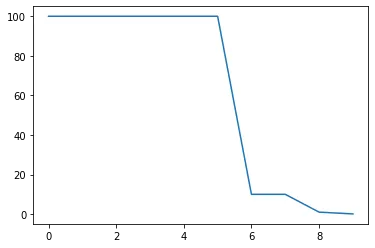MultiStepLR
If you have ever worked on a Computer Vision project, you might know that using a learning rate scheduler might significantly increase your model training performance. On this page, we will:
- Сover the Multi-Step Learning Rate (MultiStepLR) scheduler;
- Check out its parameters;
- See a potential effect from MultiStepLR on a learning curve;
- And check out how to work with MultiStepLR using Python and the PyTorch framework.
Let’s jump in.
MultiStepLR explained
The MultiStepLR is a scheduling technique that decays the learning rate of each parameter group by gamma once the number of epochs reaches one of the milestones.
Parameters
- Milestones - the indices (numbers) of epochs after which the learning rate is reduced;
- Gamma - a multiplicative factor by which the learning rate is decayed. For instance, if the learning rate is 1000 and gamma is 0.5, the new learning rate will be 1000 x 0.5 = 500.
MultiStepLR visualized

Source
